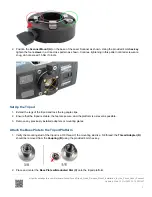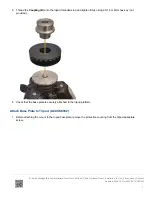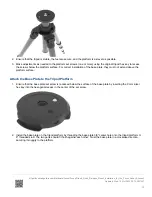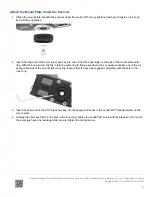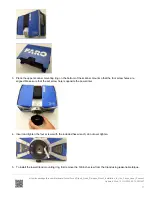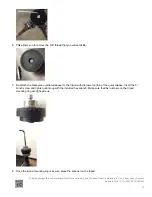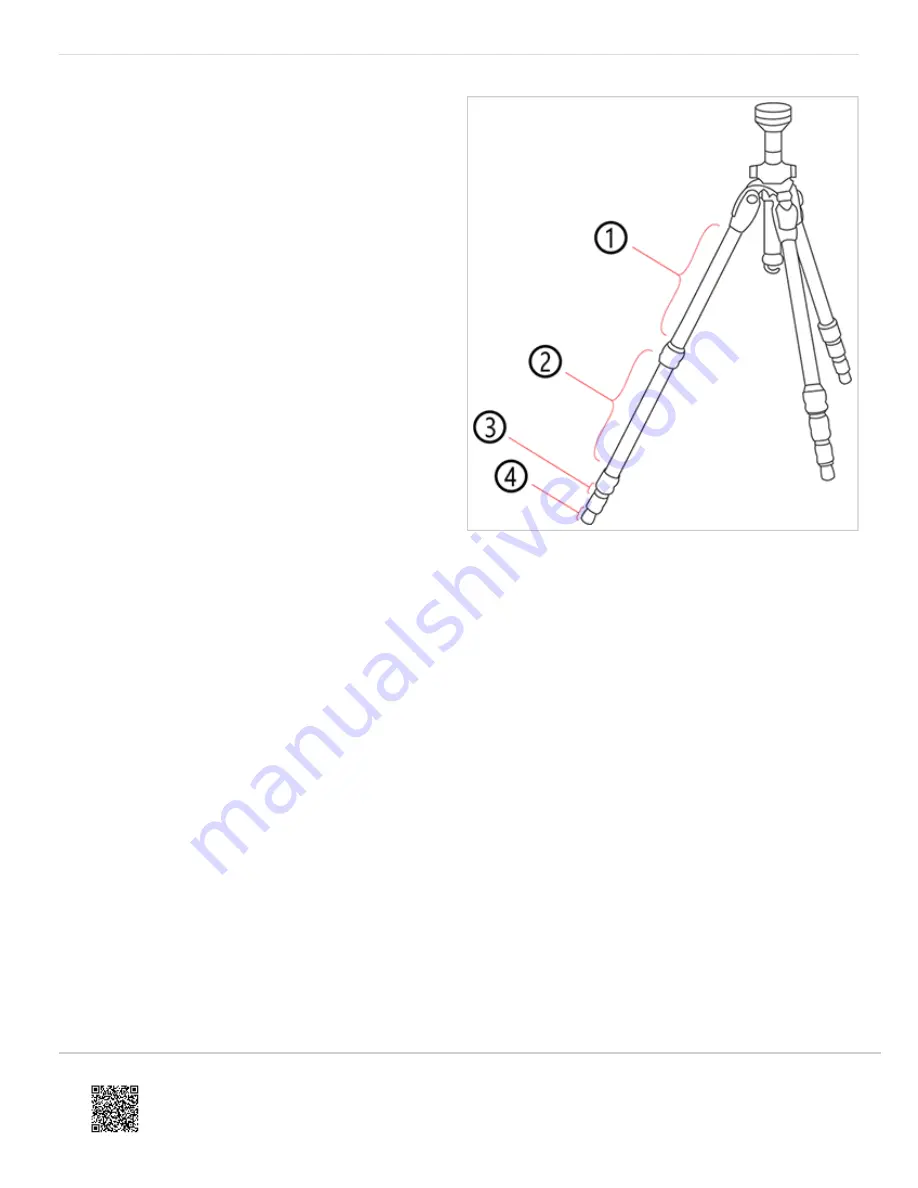
• Extend the tripod as little as possible. Less height
means more accuracy.
• Extend the thicker segments of the legs before the
thinner.
• You can extend a leg segment partially, if necessary,
to achieve a specific height, but do not partially extend
several segments of the same leg.
• The tripod has four leg segments, three of which are
extendable. Fully extend segment
②
, leaving
segments
③
and
④
collapsed. This results in a
working height of approximately 130 cm (51.2 in).
• The tripod is equipped with large, adjustable rubber
feet. Each time you move the tripod, ensure that the
feet are correctly resting on the ground. If you need to
place the tripod on unstable ground (e.g., grass,
gravel, mud), use the supplied spikes instead of the
rubber feet. Press the spikes individually into the
ground until they reach a stable, load-bearing layer.
• After you set the tripod on the ground, check the leg
latches. If any latches are loose, spread the legs
slightly until the latches cannot be wiggled. This
ensures that the tripod is firmly planted on the ground,
and unlikely to shake or vibrate during scanning.
• The use of the center column significantly reduces the rigidity of the tripod. We recommend that you avoid using the
center column. If you need higher working heights, we recommend using a larger tripod. Make sure that a such a
tripod is also stable.
• For scans close to the ground, slide all leg segments into each other before setting the leg angle to flat. The rubber
feet have a recess that helps to achieve full-surface contact, even with a flat leg angle. To do this, turn the feet
individually by hand.
• Ensure that the twist-lock sleeves for leg length adjustment, the central wing nut of the tripod shoulder, and the
tripod head are always tightly screwed together.
• To achieve a better grip on hard surfaces, slightly tension the tripod legs before starting a scan. Tension the legs by
holding two of the three tripod legs as close to the ground as possible with your hands, pulling them slightly apart
from each other and away from the third leg, then pressing them into the ground.
Windy Conditions
FARO recommends the use of the ACCSS8032 tripod (with the Focus scanner) in winds less than 35mph (56km/h). In
stronger winds, it may be required to use a heavier aftermarket surveyor type tripod. See the following guidelines to
maximize stability of your FARO tripod in windy conditions.
• Use sandbags to stabilize each foot of the tripod. You can also stretch a rope or shock cord between the tripod’s
center hook and a weight (max. 20kg), switchable magnetic base, or existing anchor point (max. force 200N).
• Orient one of the tripod legs with the main wind direction. Also, only extend one section of the tripod legs (never
extend the center column – this degrades the resistance against vibrations).
Updated: Wed, 12 Oct 2022 22:14:00 GMT
6


